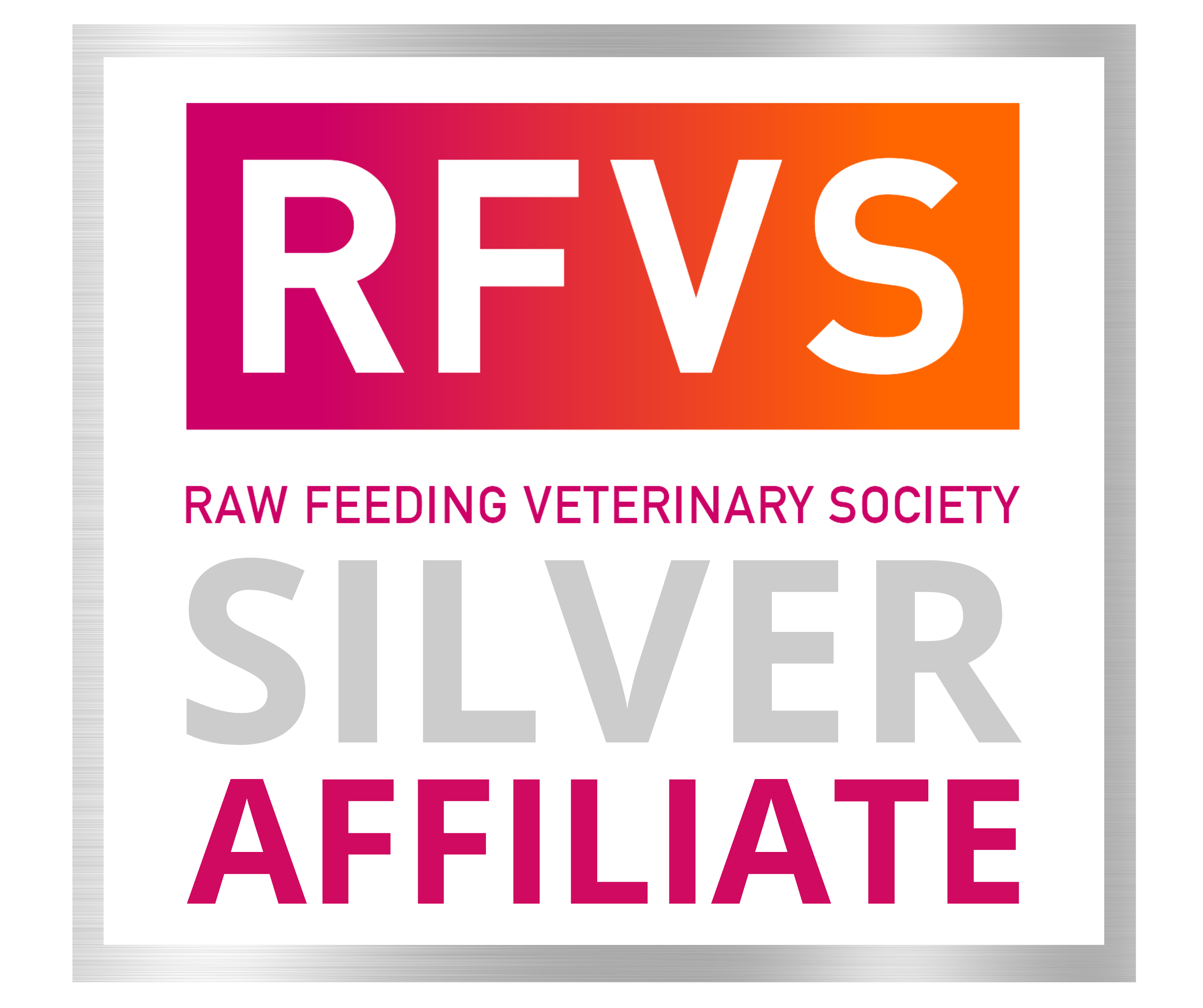Protein in Pet Food: Why It’s Essential for Cats & Dogs
At Raw Essentials, we’ve spent nearly two decades helping pets thrive on species-appropriate diets - and protein is at the heart of what we do. It’s one of the most vital nutrients your pet needs, yet it’s often misunderstood.
Some vets and owners worry raw diets are “too high” in protein. Others aren’t sure what makes protein good quality, or why source matters so much. Let’s unpack the facts - with evidence, empathy, and the kind of nutritional expertise that comes from feeding thousands of New Zealand pets every day.
Protein: Nature’s Building Block for Health
Protein isn’t just a number on the back of a packet - it’s the foundation of your pet’s body. Made from chains of amino acids, protein supports:
- Strong muscles and healthy growth
- A glossy coat and resilient skin
- Immune defence and hormone balance
- Tissue repair and recovery
- Satiety and weight management
Cats and dogs have specific amino acid needs that only animal tissue can fully meet -taurine for cats, arginine and lysine for dogs. These are non-negotiable nutrients for health.
Raw Isn’t “High Protein” - It’s Normal for a Carnivore
Some people look at raw feeding and think the protein levels seem high. In reality, they’re exactly what nature intended.
The perception of “high protein” comes from comparing raw diets to processed pet foods, which are often loaded with fillers and far lower in real meat content. Dogs and cats are carnivores - designed to eat prey: rich in animal protein, moderate in fat, and extremely low in carbohydrates. That’s not high protein. That’s normal.
Here’s how it compares on a dry matter basis:
| Food Type | Crude Protein (DM) | Notes |
|---|---|---|
| Raw Essentials Leaner Mixes | 70–80% | e.g. Wallaby & Heart, Rabbit, Heart & Tripe |
| Raw Essentials Higher Fat Mixes | 45–60% | e.g. Duck & Heart, RE Lamb Mix |
| Hill’s Metabolic (dry) | 28% | Top ingredient = whole grain wheat |
| Pedigree “High Protein” | ~25% | Top ingredient = wholegrain cereals |
| Standard supermarket kibble | 20–24% | Often even lower in real meat content |
| Hill’s Feline m/d | 52.6% | Contains 15% carbs, top ingredients = chicken by-product meal, corn gluten meal |
Why “High Protein” on Labels Can Be Misleading
Commercial foods often market themselves as “high protein,” but there are key questions to ask:
- How much protein is actually there?
- Where is it coming from? (Animal meat or plant protein like corn gluten?)
- Is it digestible and complete?
Even “high protein” kibbles still fall below natural prey protein levels - and often rely on cheap, poorly digested plant proteins. This isn’t about meeting carnivore needs. It’s about keeping production costs down.
Why Raw Protein Matters
When we feed a biologically appropriate raw diet, we’re giving pets:
- Species-appropriate protein levels that match what they’re designed for
- Highly digestible, animal-based proteins - no plant isolates
- Naturally complete amino acid profiles - no synthetic balancing needed
Protein supports muscle, immune health, hormones, and weight stability. In healthy pets with normal kidney and liver function, excess protein isn’t harmful - the body simply uses what it needs and excretes the rest.
The real focus should be quality: animal-based, digestible, and complete.
The Right Protein at Every Life Stage
- Puppies & Kittens: Need higher overall protein for growth — but it must be high-quality animal protein, not plant-based fillers.
- Seniors: Often need more digestible protein, not less, to maintain muscle and organ health.
- Small Dogs: Digest protein just as well as large breeds — they just need it in smaller, more frequent meals.
- Active & Working Dogs: Depend on protein for recovery and fat for stamina — not carbohydrates.
The Raw Essentials Difference
For 18 years, we’ve been perfecting how to deliver the right protein for cats and dogs:
- Whole-prey feeding: muscle meat, organs, bone, and tripe in natural balance
- NZ-sourced, traceable ingredients — wild or ethically farmed
- Tailored nutrition advice from our in-store and online experts
- Evidence-based feeding plans backed by both science and thousands of healthy pets
Because raw means raw at Raw Essentials - and your pet deserves food that’s as close to nature as it gets.
Bottom line: Raw feeding isn’t “too high” in protein. It’s exactly what cats and dogs are designed to eat - and the quality, digestibility, and balance make all the difference to their health.

